Measuring and understanding your shoe size is fairly self-explanatory. Generally, you can intuitively feel when you put on a new pair of shoes whether or not they’re the right fit. If a shoe is too roomy or too tight, it impacts your gait and the way it fits. Width, on the other hand, is a tad different.
We’ve all been guilty of wearing shoes that are a little too tight or too narrow. Maybe you have an old favorite pair you want to keep, or maybe, the store didn’t have your exact size. Whatever the reason, wearing improperly fitting shoes can be harmful in the long run.
When it comes to getting new shoes, it’s important to start out with the perfect fit. A study uncovered that two-thirds of people don’t wear the right shoe size. What’s more, certain groups, including neurodivergent people, older individuals, and people with diabetes, overwhelmingly wear shoes that are too narrow.
Kizik is here to end the cycle of improperly fitting shoes. With our guide, we’ll highlight how to exactly measure your shoe width to help you find the perfect shoe.
Why does shoe width matter?
Shoe size matters for practical, daily reasons and long-term health. Both overly narrow and overly wide shoes can cause problems.
If your shoes are too wide, your feet will slide around as you walk, which can cause you to lose your balance and make you walk unevenly. This may put an uneven strain on your feet and put you at greater risk of injury. If your shoes are too wide, you’ll feel it.
When your shoes are too narrow, the potential problems can be even worse. Shoes that are too tight may cause scrunched toes. Bunions and blisters are potential risks of wearing the wrong shoe size. Your longest toe may become deformed, and your foot shape may semi-permanently change.
Here’s the tricky part about your feet: They don’t stay the same size. The longer we stand on our feet over the course of a day, the more our feet splay (spread out). Adult women who wear women’s shoes can expect an even greater change in their feet size.
We’re talking about pregnancy. It’s normal to go up half a size or even a full size in length over the course of pregnancy. You might also find you need to increase the width of your shoe. For ultimate comfort during this time, explore our shoes for pregnancy.
Having a child can change everything. You might be fine wearing your regular narrow shoes after pregnancy. Or, you’ll need to temporarily continue to wear medium or even wide-width shoes. It’s also common that you’ll permanently need larger shoes.
Below, we’ll go over various ways shoe width can be measured.
How is shoe width measured?
If you look at a shoe size chart, you’ll notice a unique way in which both width and length are measured. Length is measured by number, with the exact size signified depending on the numerical system. Width, on the other hand, is measured by letters, with different letters meaning different things.
Most shoes come in a total of six different sizes: Extra Narrow, Narrow, Medium, Wide, Extra Wide, and Extra-Extra Wide.
In one system, these are noted with the letters B, C, D, E, EE, and EEE. In another system, EN, N, M, W, EW, and EEW are used. Sometimes 2E and 4E are also used to signify wide and extra wide shoes. Even worse, these letters can mean different things for men's and women’s shoes.
For example, a B is a medium for women’s footwear, while a D is a medium for men’s foot width. This makes accurately comparing sizes tricky if you’re not in a shoe store. Most brands offer online size guides to allow easy comparisons.
Finding a unified size chart for wide feet is also challenging because what qualifies as wide largely depends on the entire shape of your feet. This includes not only your width measurement but also the length of your feet.
Width and length are scientifically correlated. Longer feet usually means wider feet. What “wide” to someone wearing a size 15 is vastly different from someone wearing a much smaller size.
It can be complicated but not impossible to determine. Let’s talk about how to know your shoe width.
How to measure your shoe width at home
Many shoe stores have devices to obtain accurate measurements for your shoe size. If you aren’t specifically going to buy shoes at a particular store, you may feel awkward using one. You can instead easily get foot measurements at home. All you need is a piece of paper, a tape measure, and a writing utensil.
The first step is to find your length. Using a hard surface, place your foot flat on the paper. Trace the outline of your foot. From there, measure the length in inches from heel to toe. Then, compare with a size chart to get your shoe size number.
Now that you know your length, you can measure your foot width. Wrap a tape measure around the widest part of your foot. For many, this will be at the forefoot, around the ball of your foot. Now place your foot on the paper.
From here, make a little notch on the paper in millimeters to mark the width of your foot. You should mark from one end to another, and while user error is inevitable, keeping it in millimeters will help with accuracy.
Read your size, convert it to centimeters, and then compare it to a width chart. This, in tandem with your shoe length size, will help to find your best width measurement.
To ensure the most accurate size, measure your foot at the end of the day. Your feet change in size over the course of a day as they splay. Measuring them at their “widest” helps to find the right fit.
A shoe size guide isn’t just a style guide. Wearing the wrong pair of shoes may lead to long-term nerve damage or other foot-related health issues.
Okay, At this point, you still need to find the right shoe that fits you just right. To that end, we’ve gathered an option that comes in standard width and wide fits.
Kizik widens your options
It’s one thing to order a pair of shoes in a size you think fits and another to actually put them on.
That’s where Kizik’s strategy for reviewing every pair of shoes comes in. And you don’t have to take our word for it. With each shoe, you can see personalized reviews highlighting whether a shoe runs small or large. We can then take those reviews, average them, and give you an overarching view of sizing.
But what about the shoes themselves?
Kizik shoes all come in both standard and wide sizes for all their offerings.
For women’s shoes, sizes range from 6 to 13. For men, sizes range from 4.5 to 15. Kid’s shoes are typically available in sizes ranging from 10C to 7Y.
Okay, so that’s the sizing: Inclusive and extensive. But what about the shoes themselves?
Kizik prides itself on offering a wide variety of casual footwear:
The Prague, for instance, remains a style-friendly classic thanks to full-grain leather. The Madrid Eco-Knit, on the other hand, is extremely contemporary, with recycled materials. These and other shoes are made with roomy toe boxes and a comfortable fit for optimal support.
What if it turns out your Kiziks aren’t actually the size you need? Then you can take full advantage of Kizik's hassle-free return policy. If your shoes are unworn and aren’t the right size, you can get them refunded or exchanged for another pair. This applies for the first 30 days and for US orders only.
Benefits of having properly fitting shoes
The proper shoe size doesn’t just mean a more comfortable fit for you. It also means a lower risk of foot-related injuries.
Getting shoes that fit properly doesn’t have to be difficult. However, it does all begin with knowing the proper width you need in your shoe.
There’s one extra benefit that causes us to recommend Kizik shoes: They’re hassle-free. In fact, because of its slide-in heel technology, you tie and adjust the laces once you're done. Just slide your feet in, and watch as the perfect fit keeps them in place. You can find more shoes and even more articles about all footwear topics at Kizik.
Sources:
Why Your Shoe Size Changes After Having a Baby | Genesis Healthcare System
Shoe Width: Sizes, Measurement, Foot Issues, and Home Remedies I Healthline


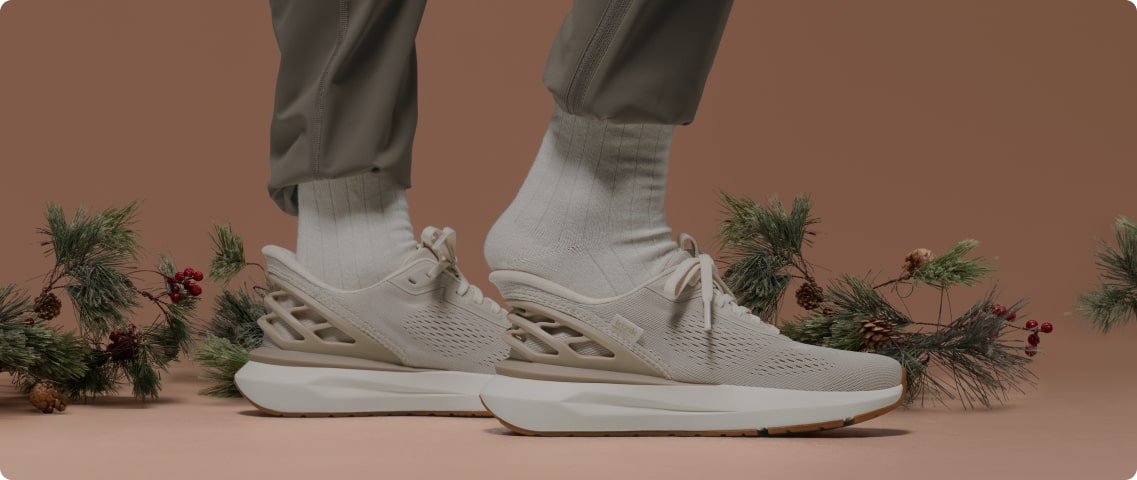
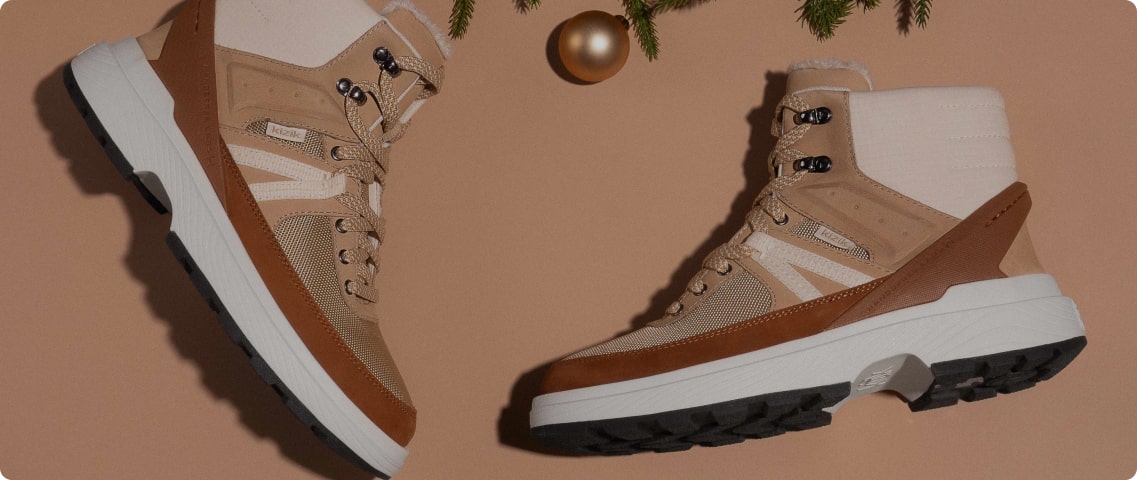
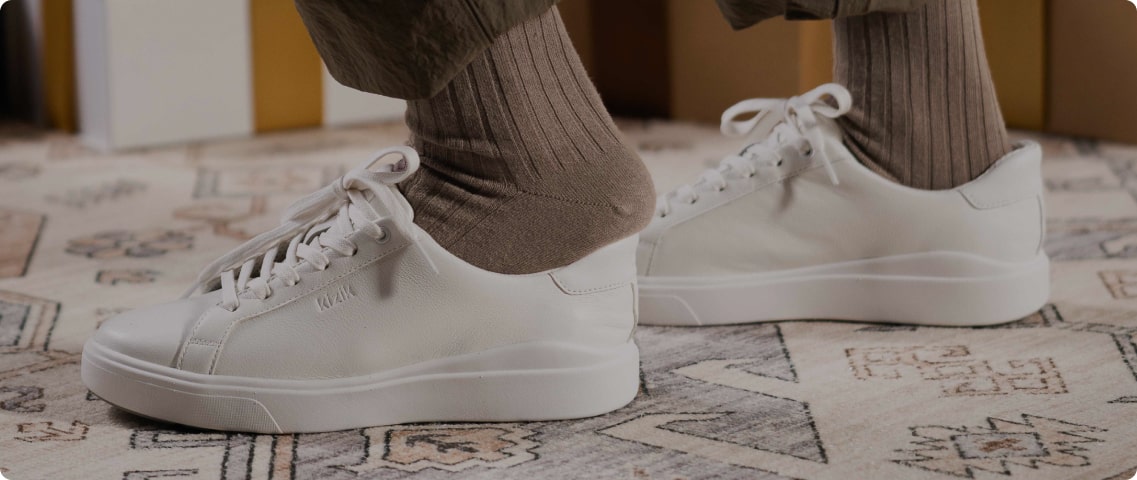
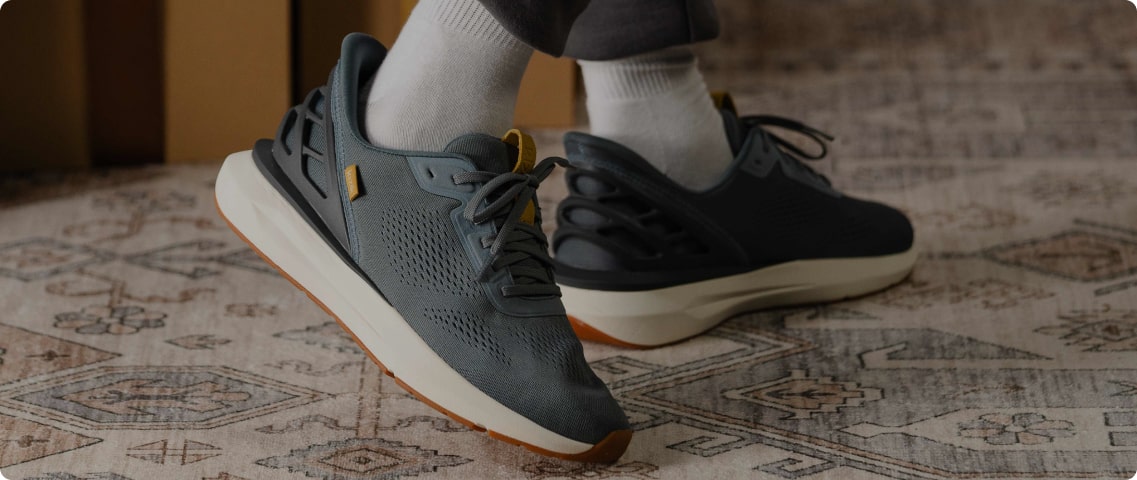
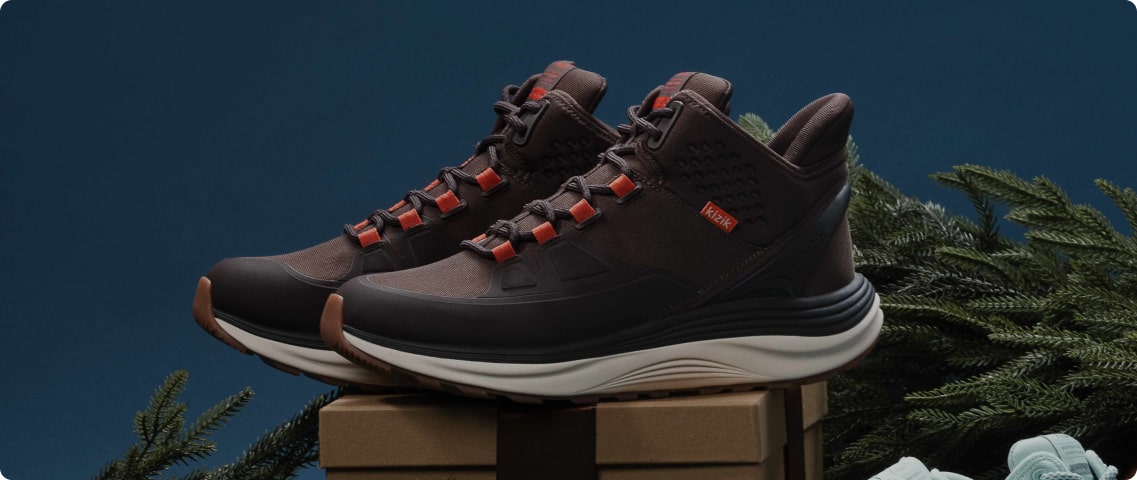
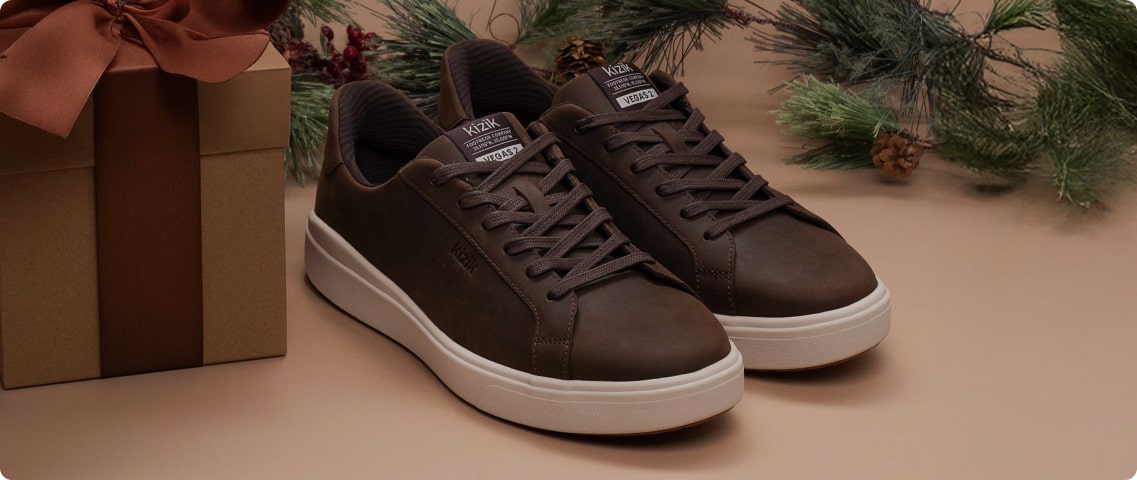
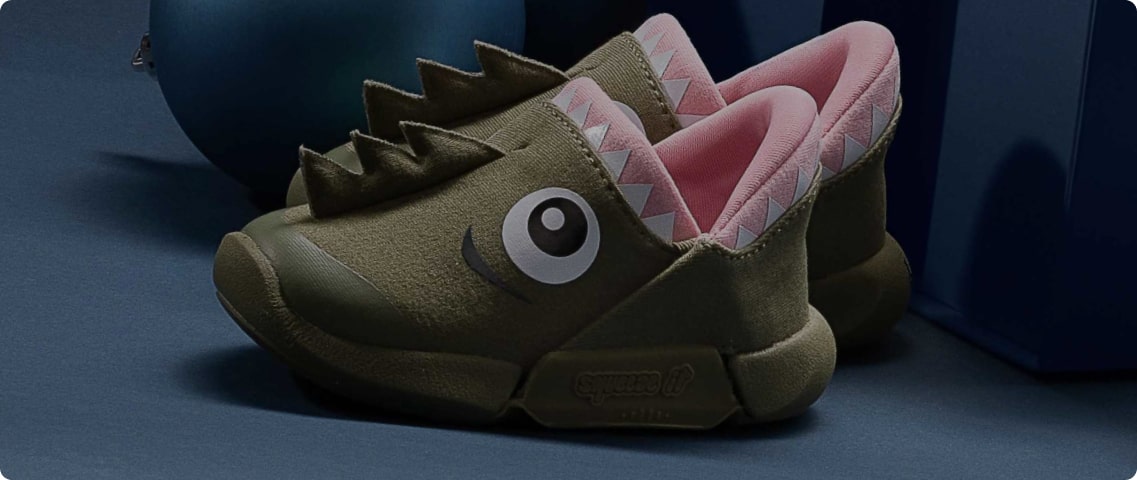
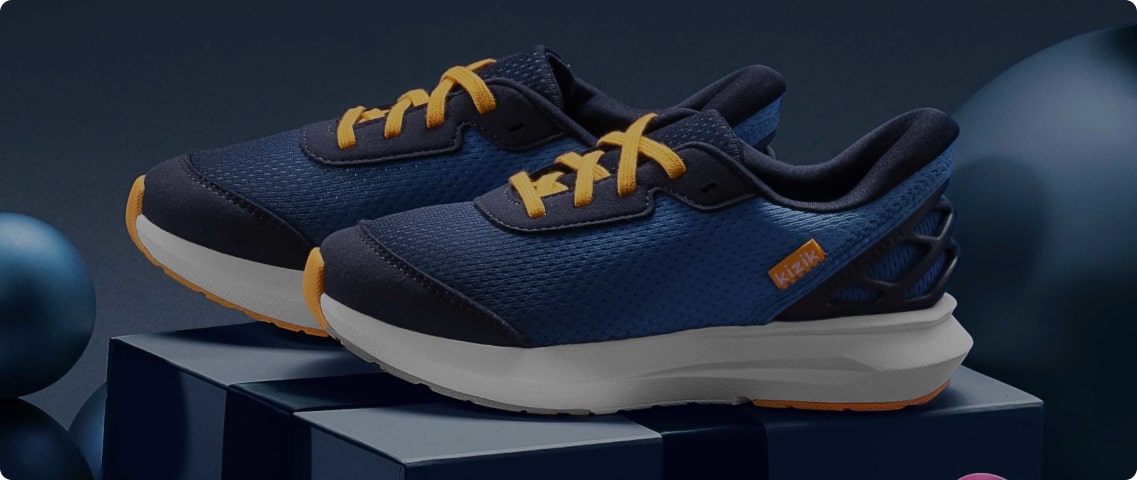


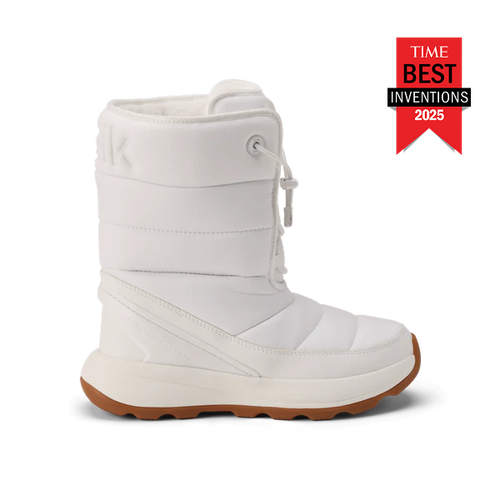


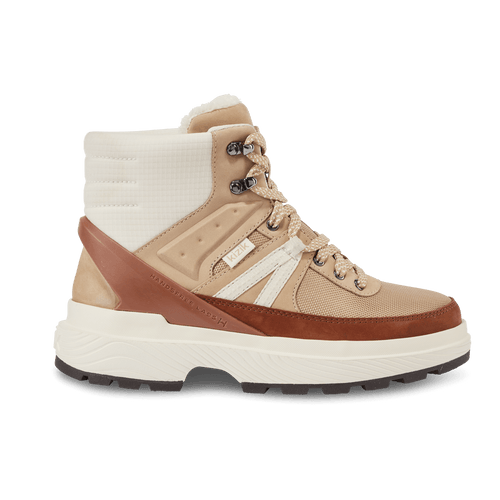
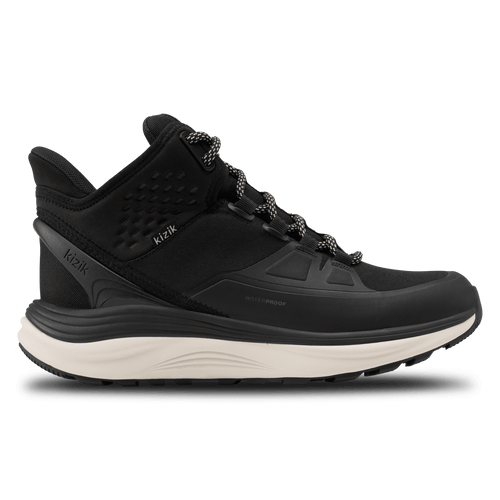





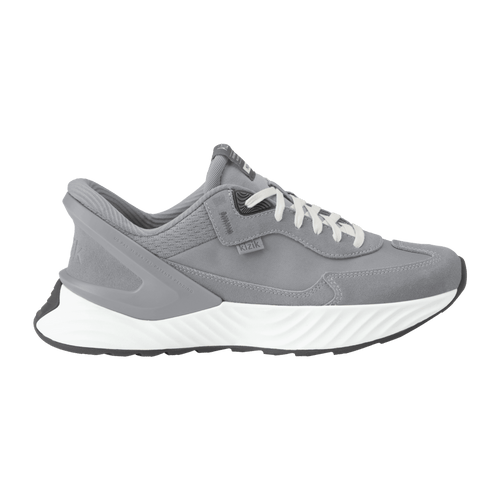




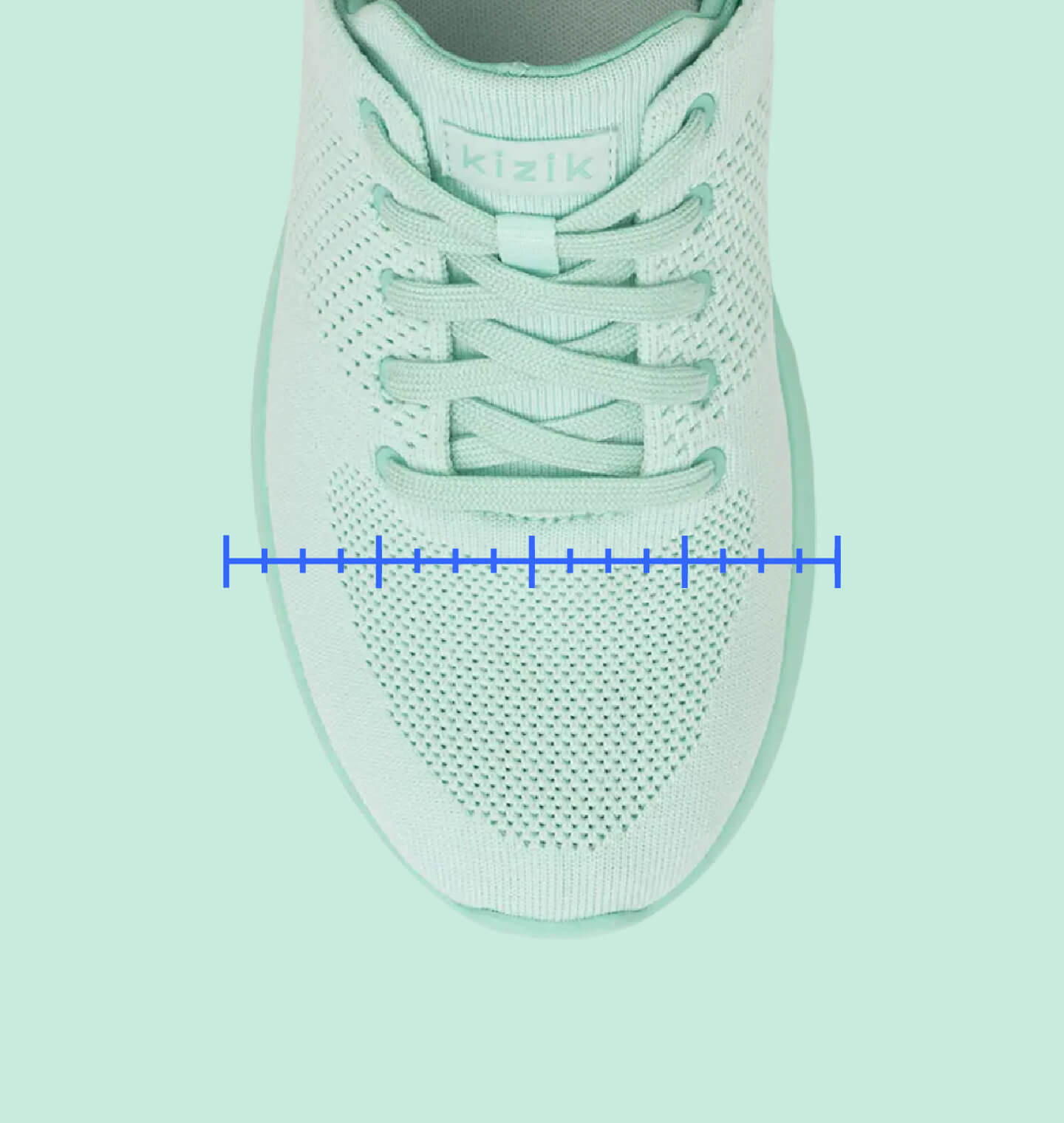

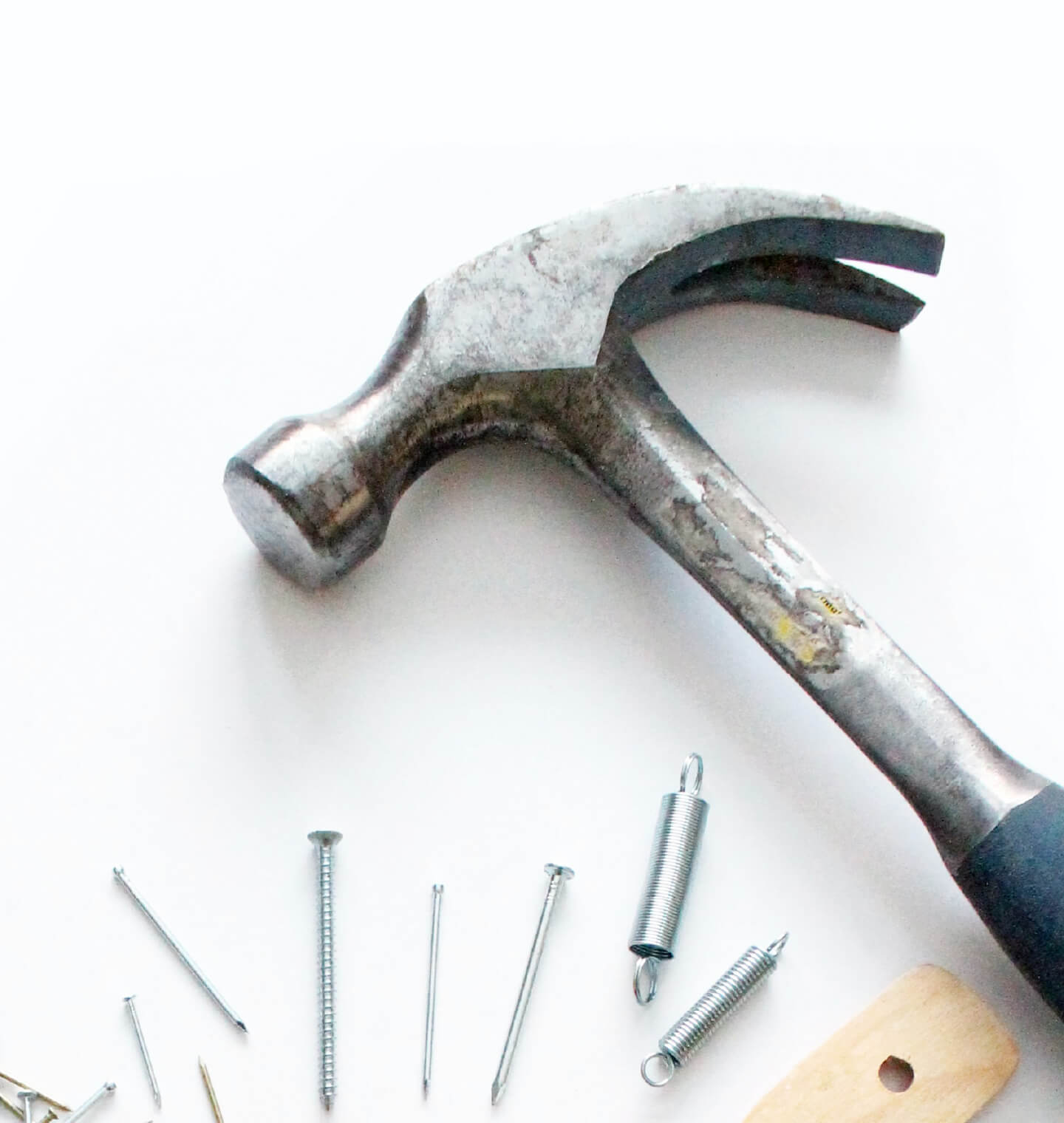
Leave a comment
This site is protected by hCaptcha and the hCaptcha Privacy Policy and Terms of Service apply.